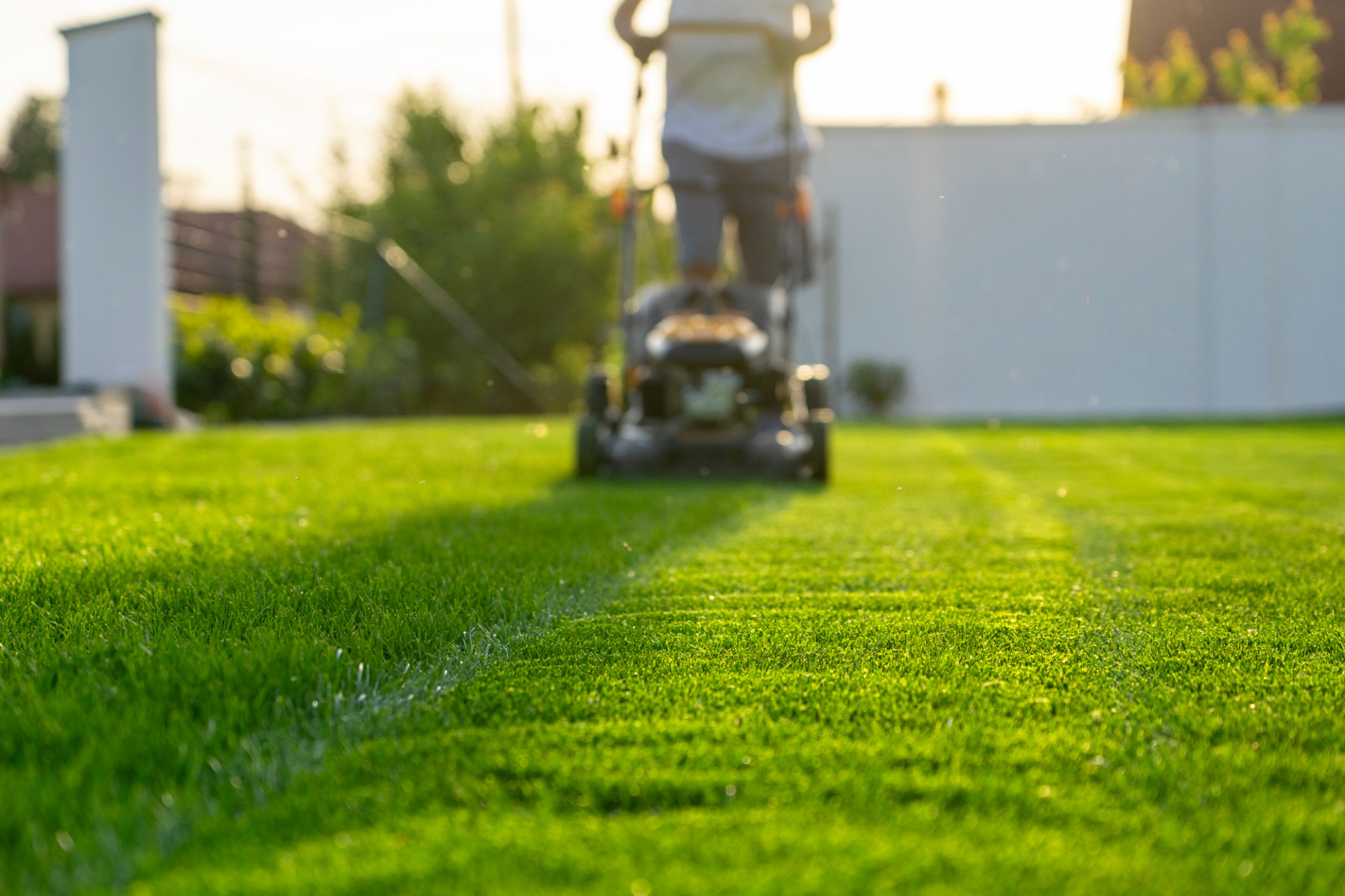Expert Tips for Maintaining a Lush Lawn in Florida's Climate
Understanding Florida's Unique Lawn Challenges
Maintaining a lush lawn in Florida can be challenging due to the state's unique climate. With high humidity, intense heat, and frequent rainstorms, grass can quickly become stressed if not properly cared for. Homeowners need to understand these challenges and adapt their lawn maintenance strategies accordingly to ensure their lawns stay green and healthy.
The first step is selecting the right type of grass. Varieties such as St. Augustine, Zoysia, and Bahia are popular choices in Florida because they thrive in warm climates. However, each type has its own set of requirements and tolerances, so choose one that aligns with your specific needs and preferences.

Watering Wisely
Watering is crucial for maintaining a lush lawn, but overwatering can lead to disease and wastefulness. In Florida's climate, it's important to water deeply but infrequently. This encourages deeper root growth and makes the grass more drought-resistant.
Implementing an efficient irrigation system can help manage watering schedules. It's recommended to water early in the morning to reduce evaporation and fungal growth. Always comply with local watering restrictions to conserve water while keeping your lawn in top condition.
Proper Mowing Techniques
Mowing plays a crucial role in lawn health. Grass should be cut at the right height—typically 2.5 to 4 inches for most Florida grasses—to promote robust growth. Cutting grass too short can stress it, especially during the hot summer months.
Ensure your mower blades are sharp, as dull blades can tear the grass, leading to brown tips and increased susceptibility to disease. Regular mowing helps maintain a neat appearance and encourages healthy growth.

Fertilizing for Optimal Growth
Fertilization is essential for providing the necessary nutrients your lawn needs to thrive. In Florida, it's important to choose a fertilizer that is suitable for the specific type of grass you have and follow the recommended application schedule.
Be mindful of seasonal changes when fertilizing. Apply nutrients when the grass is actively growing, typically in spring and early summer. Avoid fertilizing during the rainy season to prevent runoff and potential harm to local waterways.
Pest and Weed Control
Florida's climate is ideal for various pests and weeds that can quickly damage a lawn if not controlled. Integrated pest management (IPM) strategies can effectively address these issues without relying heavily on chemicals.
Regularly inspect your lawn for signs of pests or weeds, such as unusual patches or discoloration. Early detection and treatment are key to preventing infestations from spreading.

Dealing with Seasonal Changes
Seasonal changes in Florida can be dramatic, with hot summers and mild winters. Adjust your lawn care practices accordingly to keep your grass healthy year-round. During the cooler months, reduce watering and mowing frequency as growth slows down.
Consider overseeding with ryegrass in winter for a green lawn throughout the year. This temporary grass will die off as temperatures rise but provides a lush appearance during the cooler months.
Regular Lawn Maintenance Routines
Consistency is key when it comes to maintaining a lush Florida lawn. Establish a regular maintenance routine that includes watering, mowing, fertilizing, and pest control measures. By staying proactive, you'll be able to address minor issues before they become major problems.
Remember that each lawn is unique, so be attentive to changes in your lawn's appearance and adjust your care routines as necessary. With dedication and proper techniques, you can enjoy a vibrant, healthy lawn year-round.